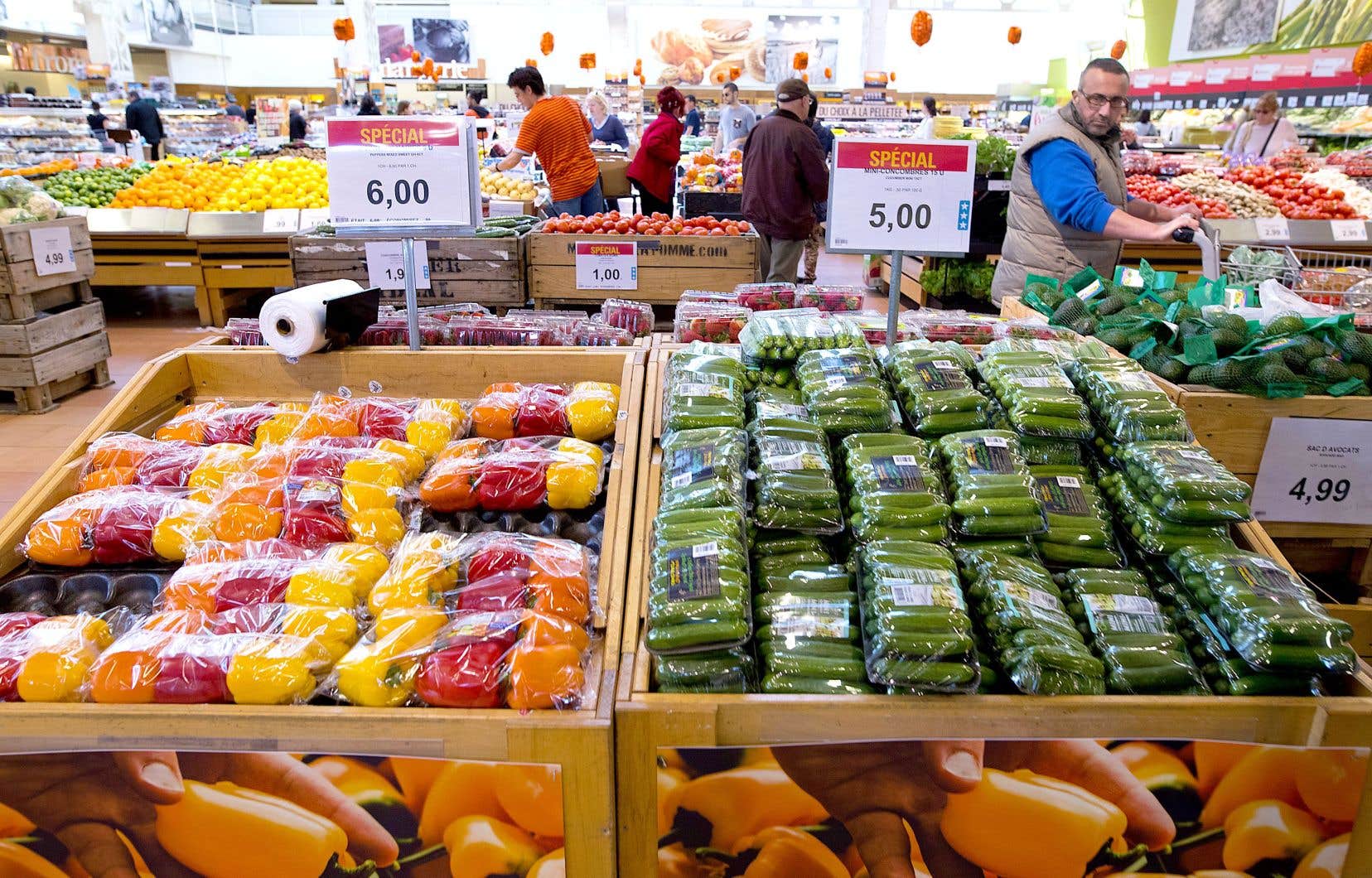In this section taken from the Courrier de l’économie, our journalists answer questions from our readers.
From the producer to the supermarket, who in the supply chain has benefited the most from the price increase? Claire B.
Several industries participate in the food supply chain. There are, of course, farmers, processing plants, wholesalers, grocery stores and restaurants. But to produce and get food to your plate, there’s also a lot of transportation, which involves petroleum products and vehicles.
There are also fertilizers, pesticides, equipment, machinery and raw materials to make them. Companies must make real estate investments, bank loans, purchase insurance. Inflation has affected virtually all of these sectors. But who benefited the most?
Possible answers can be found in business profitability data held by Statistics Canada. If we stick to purely agri-food players in the supply chain, these statistics show that the profitability of food retailers and manufacturers has increased between the pre-pandemic period and today. But it’s the grocery stores that win the prize in this regard. If we compare the period from 2017 to 2019 and the first three quarters of 2022, their profits have increased by an average of 90% in Canada. Their profit margin, that is to say the portion of their final income that stays in their pockets, has increased from 2.2% to 3.5%. As for food and beverage manufacturers, their profits increased by an average of 36%, and their margin remained almost the same, varying from 5.3% to 5.4%.
These profits are not linked to an increase in consumption by Canadians, analyzes the economist Jim Stanford in a brief presented to the Standing Committee on Agriculture and Agri-Food of the House of Commons last February. On the contrary, the volume of grocery purchases was lower in 2022 than in 2019.
Mr. Stanford’s analysis based on Statistics Canada figures also helps pinpoint the industries that grew richer when inflation was rising. At the forefront, the oil and gas industry saw an increase in net profits of more than 1000%. Vehicle dealers: 210%. Wholesale machinery and equipment: 53%. Financial institutions: 60%.
Canadian farmers more advantaged than those in Quebec
Unfortunately, Statistics Canada data does not make it possible to isolate the quarterly financial results of agricultural producers, nor those of wholesalers who sell food in large quantities at markets, nor those of restaurants. On the other hand, we can see that the overall net income of Canadian agricultural businesses has jumped by almost 300% between 2019 and 2022. It therefore appears that most farms have benefited from inflation.
“The increase in receipts stems from the rise in world prices for agricultural products caused by Russia’s war against Ukraine and the reduction in the supply of crops in certain agricultural regions of the world due to weather conditions,” said Statistics Canada.
Quebec farmers, for their part, earned more modest net income, with an increase of 31.2%. On the restaurant side, we can see that revenues and profit margins have decreased between 2019 and 2021. This data is not available for 2023.
Of course, the numbers don’t tell the whole story. For example, the profitability of companies tends to decrease with the size of these. Small grocery stores in particular reported losing out, not having the same bargaining power against manufacturers and wholesalers. Farmers in many sectors are also experiencing significant difficulties, particularly in the pork industry and beekeeping.
